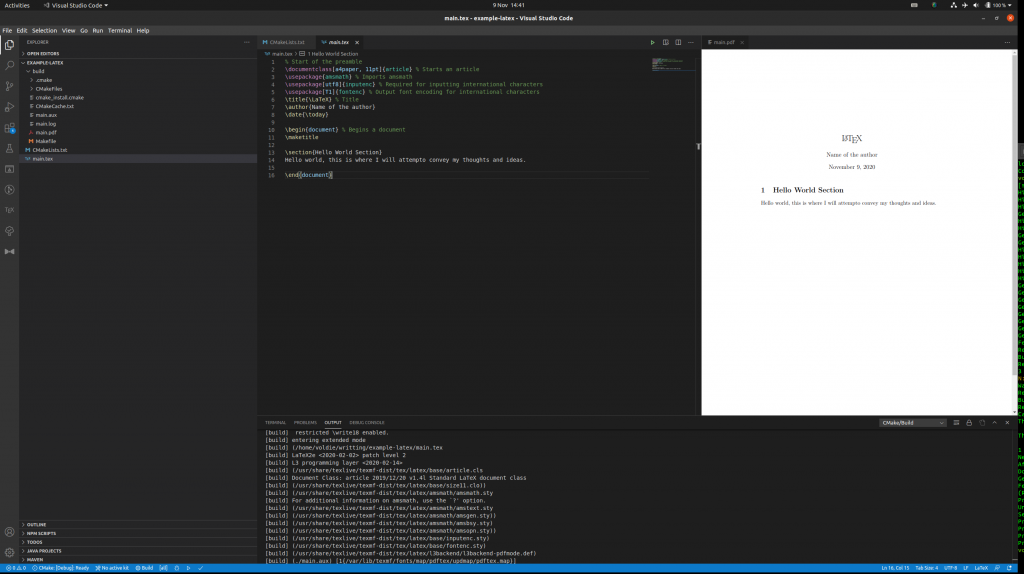
- BEGINNER CMAKE TUTORIAL HOW TO
- BEGINNER CMAKE TUTORIAL MAC OS X
- BEGINNER CMAKE TUTORIAL INSTALL
- BEGINNER CMAKE TUTORIAL PLUS
Checking whether C compiler supports OSX deployment target flag - yes Checking whether C compiler supports OSX deployment target flag Checking whether C compiler has -isysroot - yes Checking whether C compiler has -isysroot The CXX compiler identification is Clang 4.0.0 The C compiler identification is GNU 4.2.1 DCMAKE_INSTALL_PREFIX=/home/user/catkin_ws/install" in "/home/user/catkin_ws/build" DCATKIN_DEVEL_PREFIX=/home/user/catkin_ws/devel # Running command: "cmake /home/user/catkin_ws/src
BEGINNER CMAKE TUTORIAL INSTALL
Install space: /home/user/catkin_ws/install You should see a lot of output from cmake and then make, which should be similar to this: We can now build that package using catkin_make:
BEGINNER CMAKE TUTORIAL MAC OS X
This is not a problem for Linux and Mac OS X users, since the compilers are installed in a standard path and are always globally available, but on Windows you may have to add the directory of your compiler in the PATH environment variable, so that CMake can find it automatically. As a consequence, the compiler executable must be available when CMake is run. When CMake configures your project, it tests the availability of the compiler (and checks its version as well). Now that you've chosen the build directory, there's one more thing to do before you can run CMake. Using separate folders will also make it easier to have multiple different builds (static, dynamic, debug, release. The cleanest solution is to generate them in a completely separate folder so that you can keep your SFML directory clean.

the SFML root directory), but it will then be polluted with a lot of garbage: a complete hierarchy of build files, object files, etc. You can generate them directly in the source tree (ie.

The first thing to choose is where the projects/makefiles and object files (files resulting from the compilation process) will be created.

BEGINNER CMAKE TUTORIAL PLUS
Plus a few other options so that you can create the perfect build that suits your needs - we'll see that in detail later.
BEGINNER CMAKE TUTORIAL HOW TO
Basically it consists of choosing what to build, how to build it and where. This step consists of creating the projects/makefiles that will finally compile SFML.


 0 kommentar(er)
0 kommentar(er)
